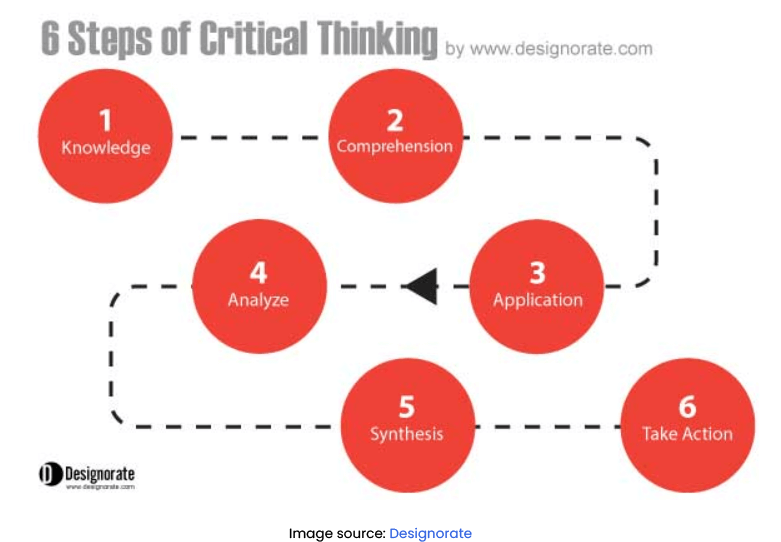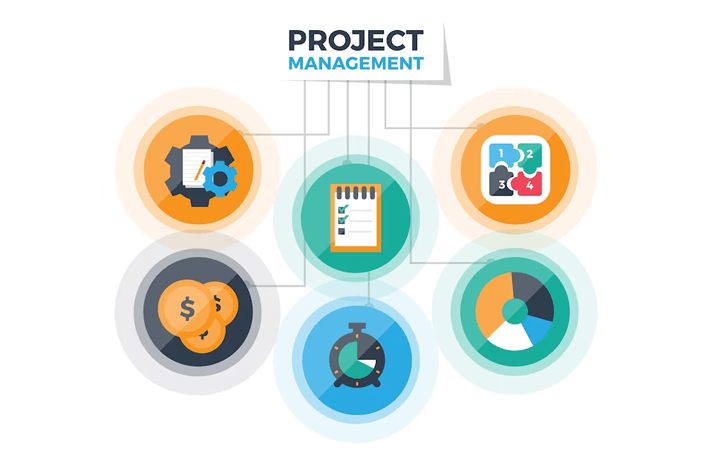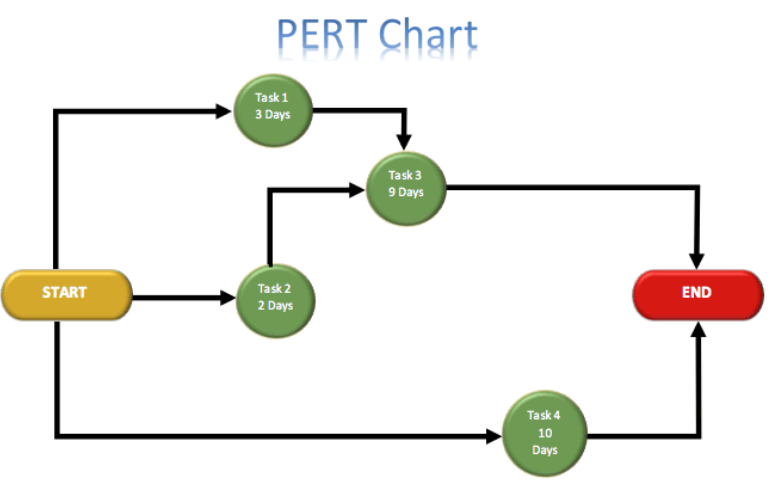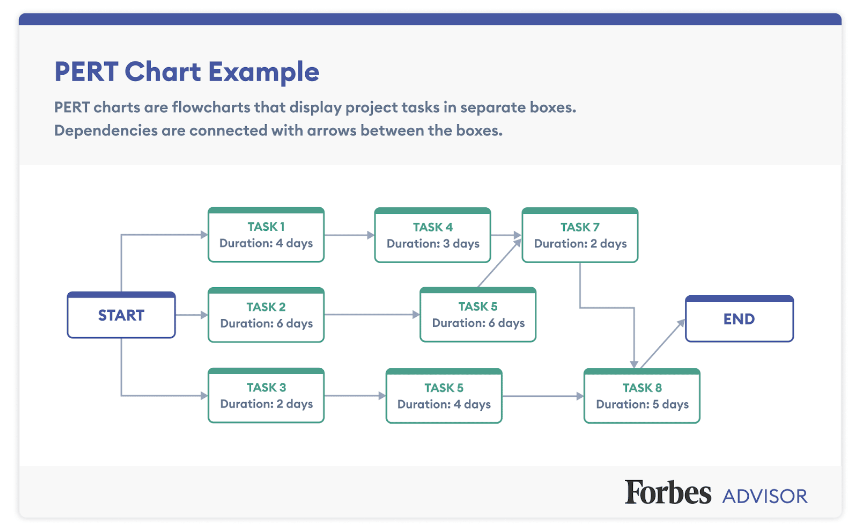Your company has its own personality, one that’s felt by all that walk through the building. In business terms we call this the workplace culture and it’s found in every place of work.
It’s the collective behavior of the people who are part of the institution, shaped by their shared values, beliefs, rituals, and practices.
Think of it as a vibe you feel when you walk into an office. It could be happy and buoyant or sad and miserable.
A thriving culture can be the difference between a motivated, loyal workforce and a disengaged team with high turnover rates. It affects productivity, employee satisfaction, and even the bottom line.
When employees feel respected within the company’s culture, they are more likely to invest their energy, creativity, and commitment to their roles.
But where things go wrong, a toxic culture can take root stifling innovation, breed discontent, and tarnish a company’s reputation.
In this article we’re going to walk through workplace culture and explain how to develop positivity and avoid toxicity. We’ll also take a look at some notable cultures at the world’s biggest and most innovative companies.

What is Workplace Culture?
Workplace culture is the values, beliefs, behaviors, and social norms that define the environment in which employees operate. It may feel like culture can only exist at in-person offices, but even remote and hybrid teams have their own version of this.
It’s the genetic makeup of an organization, a blend of its history, mission, leadership style, and the people who make up its ranks. Every person makes up this culture, starting from the newest entry-level hire through to C-Suite execs.
The significance of positive workplace culture shouldn’t be overlooked.
It’s the backdrop against which all organizational activities take place, and informs the energy in which tasks are completed. Workplace culture exists in everything an employee does from the way they view their roles and responsibilities to their relationships with the organization itself and other members of staff.
A positive workplace culture will also go some way to deepening the connection an employee feels with the office. It can help them to approach their tasks with pride and invest themselves more in the company’s success.It’s the lens through which employees view their roles, responsibilities, and relationships.
When employees feel valued and understood, they are more likely to take initiative, share ideas, and contribute proactively to the company’s objectives.
Conversely, a negative or toxic culture can lead to silos, mistrust, and inefficiencies. Tasks that should be straightforward become cumbersome, and teams that should be cohesive become fragmented.
Employee morale is intrinsically tied to workplace culture.
A culture that celebrates achievements, encourages professional growth, and fosters a sense of belonging can boost employee satisfaction and retention. Employees in such environments often report higher levels of job satisfaction, reduced stress, and a stronger connection to the company’s mission.
On the other hand, a culture that doesn’t prioritize employee well-being can lead to burnout, high turnover, and low morale.
The ripple effects of workplace culture extend to the overall success of the company. A positive culture can enhance a company’s reputation, making it more attractive to top talent and potential clients or customers.
It can lead to increased productivity, better decision-making, and, ultimately, improved financial performance. However, a toxic culture won’t achieve this, instead companies with poor cultures often struggle with inefficiencies, reputational challenges, and stunted growth.

Positive Workplace Culture Examples
A positive workplace culture can be the driving force behind a company’s success.
It not only attracts top talent but also keeps your best employees from moving on, ensuring that employees are motivated, engaged, and aligned with the company’s goals.
Let’s take a look at some examples of what a positive workplace culture looks like:
1. Open Communication:
- Feedback Loops: Companies like Adobe have replaced traditional annual reviews with regular check-ins, allowing for real-time feedback and more immediate course correction. This fosters a culture where employees feel their contributions are recognized and valued.
- Town Hall Meetings: Organizations like Spotify hold frequent town hall meetings where employees from all levels come together to discuss company updates, voice concerns, and get answers directly from leadership. This transparency builds trust and makes employees feel they’re a part of the bigger picture.
- Suggestion Boxes: Some companies have physical or digital suggestion boxes, encouraging employees to submit ideas or feedback anonymously. This ensures that even the most introverted team members have a platform to share.
2. Continuous Learning:
- Lunch and Learns: Companies like HubSpot offer “Lunch and Learn” sessions where employees can learn about various topics, from industry trends to personal finance, all while enjoying a meal together.
- Dedicated Learning Platforms: Organizations like Google provide platforms like “Google’s Skillshop” for employees to upskill, ensuring they stay at the forefront of industry knowledge.
- Mentorship Programs: Salesforce, for instance, has a robust mentorship program, pairing newer employees with seasoned professionals to guide them, fostering a culture of growth and knowledge sharing.
- Scholarship Initiatives: Some companies offer scholarships for employees to pursue further education in their field, emphasizing the importance of continuous professional development.
3. Flexibility:
- Mandatory PTO: In recent years, unlimited PTO has been offered by companies to attract new talent. On paper it sounded great. Take however much holiday you want, when you want it. It didn’t work. People took less time off which increases employee burnout. Instead, adopt a mandatory PTO, requiring staff to take a certain amount of time off at certain points during the year.
- Remote Work Options: In the wake of the pandemic, companies like Twitter announced the option for employees to work remotely indefinitely. Recognizing that work can be effectively done outside the traditional office setting, this approach caters to diverse employee needs and lifestyles.
- Flexible Hours: Organizations like Basecamp offer flexible working hours, understanding that the traditional 9-5 might not be optimal for everyone. Whether it’s parents needing to drop off kids at school or individuals wanting to avoid rush-hour traffic, such flexibility can significantly improve job satisfaction.
- Sabbaticals: Offer sabbaticals, allowing long-term employees to take extended breaks to pursue personal projects, travel, or simply recharge. Recognizing that employees have lives and aspirations outside of work fosters loyalty and appreciation.
Incorporating these positive workplace culture practices doesn’t just make for happier employees; it translates to real business benefits.
Open communication can lead to innovative ideas and solutions, continuous learning ensures that the company stays competitive and up-to-date with industry trends, and flexibility can lead to higher retention rates and improved employee well-being.
These examples underscore a fundamental truth: when companies invest in their employees’ happiness and well-being, they’re also investing in their own success.

Toxic Workplace Culture Examples
Workplace culture is two headed coin, one side all things positive and happy, the other is a hotbed of toxicity. Just as a positive culture can propel a company to success, a toxic one can lead it to its downfall.
Recognizing the signs of a toxic workplace culture is crucial for both employees and employers, as it can have long-lasting effects on morale, productivity, and overall company health.
Here are some examples of toxic workplace traits:
1. Micromanagement:
- Constant Oversight: In companies where micromanagement is rampant, employees often feel like they’re under a microscope. Every task, no matter how minor, is scrutinized, leading to feelings of distrust and suffocation. This can stifle creativity and innovation, as employees become hesitant to take initiatives or think outside the box.
- Lack of Autonomy: Micromanaged employees often report feeling like mere cogs in a machine, with no autonomy or control over their work. This can lead to decreased job satisfaction and a feeling of disconnection from the company’s broader goals.
- Decreased Morale: Continual oversight can wear down even the most resilient employees. When they feel their abilities are constantly questioned, it can lead to decreased confidence and morale.
2. Lack of Recognition:
- Invisible Efforts: In some organizations, employees feel as though they’re invisible. Despite putting in long hours and going above and beyond, their efforts go unnoticed. This lack of recognition can lead to feelings of resentment and burnout.
- No Growth Opportunities: A lack of recognition often goes hand in hand with a lack of growth opportunities. When employees feel their hard work isn’t acknowledged, they may also feel there’s no path for advancement, leading to stagnation in their roles.
- Demotivation: Over time, a consistent lack of recognition can demotivate employees. They may begin to question the value of their contributions and may reduce their efforts, thinking, “Why am I even trying?”
3. High Turnover Rates:
- The Revolving Door Syndrome: Companies with high turnover rates often resemble a revolving door, with employees coming and going at an alarming rate. This constant flux can be disruptive, affecting team dynamics and project continuity.
- Loss of Institutional Knowledge: Frequent employee departures mean that valuable institutional knowledge is continually walking out the door. This can lead to repeated mistakes, inefficiencies, and a lack of continuity in company operations.
- Sign of Deeper Issues: High turnover rates are often a symptom of deeper, systemic issues within the company. Whether it’s due to poor management, lack of growth opportunities, or an unsupportive work environment, frequent departures indicate that employees are unhappy and seeking better opportunities elsewhere.
- Increased Costs: Contrary to what some might think, high turnover rates can be costly for companies. Recruiting, onboarding, and training new employees require time and resources. Additionally, the loss of productivity during these transition periods can impact the company’s bottom line.
While these toxic traits might seem obvious on paper, they can sometimes manifest subtly in real-world settings. It’s essential for both employees and employers to remain vigilant and address these issues head-on.
By rectifying these toxic elements, companies can move towards a healthier, more positive work environment that benefits everyone involved.

Three Real-World Workplace Culture Examples
Many companies take their investment in workplace culture seriously, looking for ways to maximize productivity through investment in their people. In fact, companies can change the entire working landscape with innovative ideas.
Did you know, there was never such a thing as a five-day 40-hour work week until Henry Ford implemented this strategy in 1926. We’ll let you decide if this was a good or bad thing!
Now, let’s look at three giants in modern industry and examine their workplace cultures, good and bad:
Amazon
Known for its high-pressure environment, Amazon’s corporate culture is often referred to as ‘Purposeful Darwinism’. This approach pushes employees to consistently deliver and innovate.
Amazon divides its workforce into smaller teams, promoting collaborative decision-making with a strong emphasis on innovation. The company’s primary focus is always on the customer, regardless of the department or product.
While Amazon’s high-pressure environment has driven its success, it’s not for everyone. Some employees have reported a lack of work-life balance, leading to their departure.
During the COVID-19 pandemic and beyond, Amazon warehouse employees reported long hours, low pay, and burnout. This highlights the importance of balancing high expectations with employee well-being.
Google is renowned for its company culture, having consistently won awards in this domain. They prioritize employee freedom, allowing them to decide when and where they work, fostering creativity.
Built on the foundation of innovation, Google encourages experimentation and emphasizes keeping the user at the center of all decisions. Transparent communication is promoted at all levels, and employee development is a top priority.
Despite its accolades, Google has faced criticism regarding diversity within the company. This underscores the need for organizations to prioritize Diversity, Equity, and Inclusion (DEI) initiatives alongside other cultural values.
Tesla
Tesla’s workplace culture is characterized by high pressure with a laser focus on innovation. The company encourages its employees to step out of their comfort zones and experiment.
Tesla operates with small teams and places a strong emphasis on individual responsibility. The expectation is clear: deliver exceptional results.
Tesla’s commitment to innovation has sometimes come at a cost. The company has been in the news due to allegations from ex-employees about long working hours, unsafe conditions, and instances of racism. This serves as a reminder that while pushing boundaries is essential, employee welfare should never be compromised.
While each of these companies has a distinct culture that has contributed to their success, they also offer lessons for other organizations.
Balancing high expectations with employee well-being, promoting transparency and communication, and prioritizing DEI are essential components of a thriving workplace culture.

Creating A Positive Workplace Culture and Its Consequences
Every organization, regardless of its size or industry, has the potential to cultivate a positive workplace culture. The journey begins with understanding the core values and beliefs that drive the company.
From there, it’s about implementing practices that align with these values and ensuring that they are consistently upheld.
Leadership
Leadership plays an important starting role in shaping the workplace culture. Their actions, decisions, and behaviors set the tone for the rest of the organization.
Example: A CEO who prioritizes work-life balance by leaving the office on time and encouraging others to do the same sends a strong message about the company’s values.
Leaders must lead by example, demonstrating the values they wish to see in their teams. They should also be open to feedback, ensuring that the culture remains adaptive and responsive to the needs of the employees.
Example: A manager who actively seeks feedback through regular one-on-one sessions and implements changes based on the input received creates an environment of open communication and trust.
Training and Development
One effective step organizations can take is to invest in regular training and development programs. These not only equip employees with the skills they need but also foster a culture of continuous learning and growth.
Example: A tech company that offers coding workshops or sponsors employees to attend industry conferences emphasizes the importance of staying updated and encourages personal growth.
Recognizing and rewarding employees for their contributions can go a long way in building a culture of appreciation and respect.
Example: An organization that celebrates “Employee of the Month” or provides bonuses for outstanding performance reinforces the value it places on hard work and dedication.
Open Communication
Promoting open channels of communication ensures that employees feel heard and valued. It also helps in addressing concerns before they escalate.
Example: A company that holds regular town-hall meetings where employees can voice their opinions or share ideas fosters a sense of community and inclusivity.
Workplace Well-being Initiatives
Prioritizing the well-being of employees, both mentally and physically, showcases an organization’s commitment to its people.
Example: A firm that offers gym memberships, mental health days, or even meditation sessions demonstrates a holistic approach to employee welfare.
A positive workplace culture should notn be an afterthought; it’s a business imperative. Organizations that prioritize and invest in their culture will reap the benefits in the form of engaged employees, increased productivity, and sustained growth.
Conclusion
If you’ve read this article, then there must be a good reason for that, take a moment to reflect on your company’s current culture.
- Is it one that promotes growth, innovation, and well-being?
- Or are there areas that need improvement?
Maybe you’ve identified a negative culture taking root in your business, or perhaps you want to ensure the positive workplace you’ve incubated continues on for many years.
Rooting out negativity and maintaining harmony both require constant effort, introspection, and adaptability. But the rewards, both tangible and intangible, are well worth the effort.
As the saying goes, “Culture eats strategy for breakfast.”
Make sure your culture is one that fuels success, not hinders it.

























































